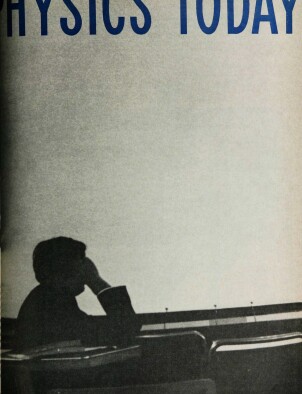High‐energy physics: An account of the 1962 international conference, Geneva, July 4–11
DOI: 10.1063/1.3057852
If the history of physics is to be classified according to the relationship between our accumulation of information on nature and our understanding of this information, one can distinguish three kinds of periods. In the first, these two aspects of science are even, and the new information is fairly promptly digested in terms of existing theoretical schemes. In the second type of situation, the information obtained is basically new in terms of the theory which becomes inadequate to explain it: a crisis develops. Finally, in the third kind of period, a theoretical “break‐through” is achieved, which then quickly makes sense of all the previously accumulated information, and even beyond that makes a multitude of predictions which keeps experimental physics busy for some time.
This article is only available in PDF format
More about the Authors
Michael J. Moravcsik. Theoretical Division, Lawrence Radiation Laboratory, Livermore.




